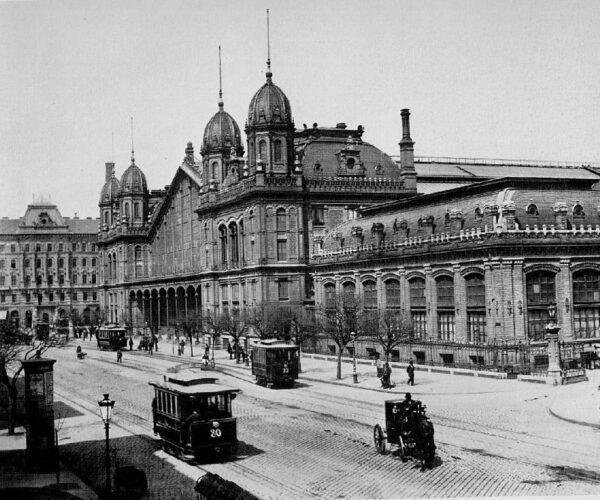Grown Up
The small Baroque Palace built by Emperor Charles VI in 1715 on the site of the castle was destroyed by a fire before it was even finished, in 1723. After the Emperor died in 1740, the support of her daughter Queen Maria Theresa by the Hungarian nobility in the War of the Austrian Succession that followed would ensure the construction of a new Royal Palace with the help of the Queen in lavish Baroque and Rococo style.
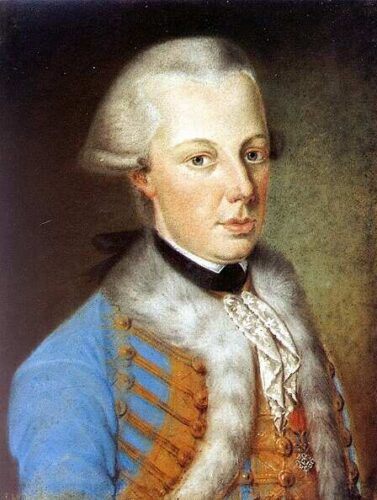
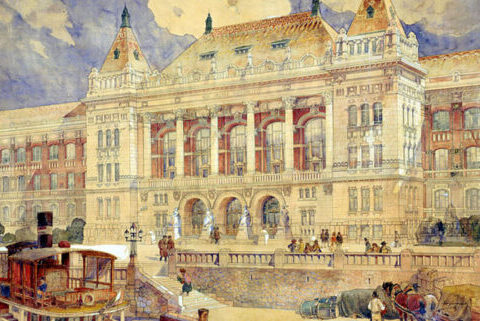

In 1777 the Queen decided to make the castle the home of the first university of the city, but due to a series of functional problems the faculties moved to the opposite side of the River (Pest). Soon after the palace became the residence of the Habsburg palatine of the Kingdom of Hungary, Archduke Alexander Leopold of Austria.
With the Hungarian public opinion aroused over the country’s relations with Austria after the Napoleonic Wars and the amounted tax burdens in a diminishing economy, in addition to the zest of a group of influential Hungarian politicians and intellectuals to follow the developments of the advanced countries of Western Europe, things led to a mass revolt for independence in the years 1848-49 that had as its epicenter the twin cities Buda and Pest.
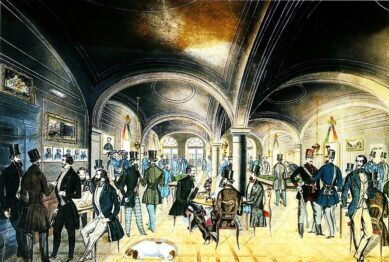
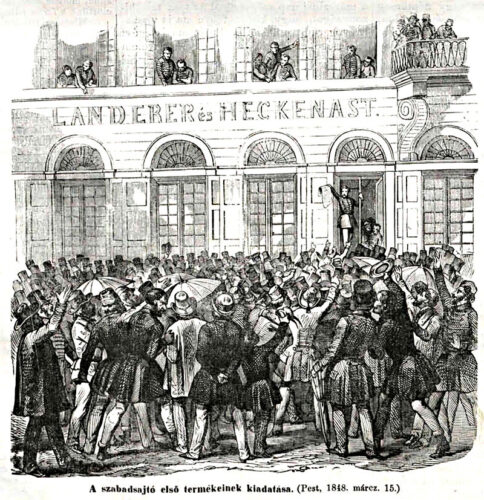
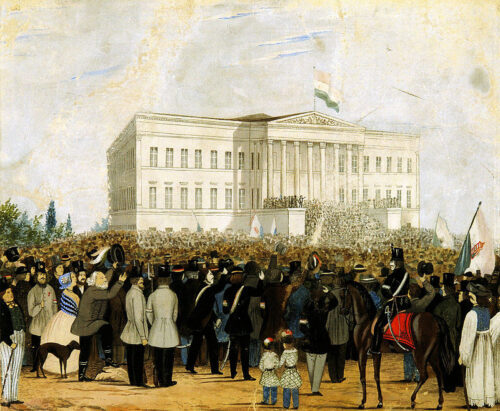
Although the Hungarian revolution managed to score several victories it was finally suppressed with the help of the Russian Empire & Czar Nicholas I who sent a massive army of more than 200.000 to assist the Austrians. What the revolution did manage was to make Budapest the twin capital of a dual monarchy a few years later.
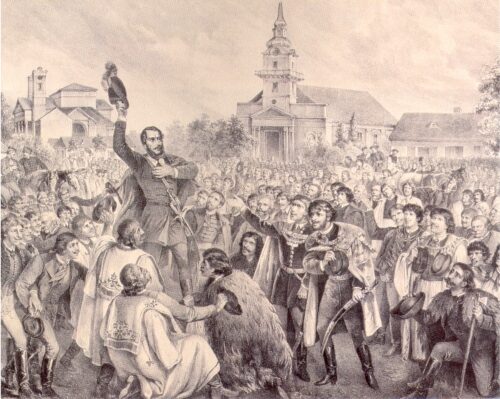

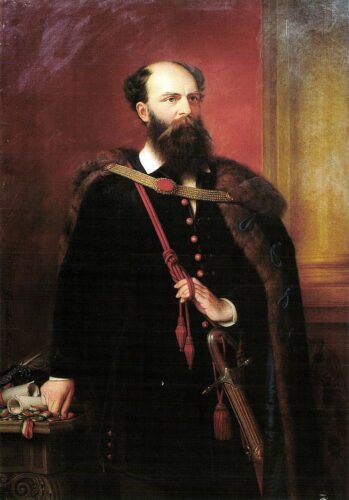
Although the period that followed was an era of Neo-absolutism with the Hungarians facing cruel retaliations, the city of Budapest entered a phase of significant public works that would shape its landscape to this day. Three months after the surrender of the Hungarian army, the famous Széchenyi Chain Bridge a 202 meters permanent bridge that linked the two twin cities of the Danube was finally inaugurated after a serious economic contribution by a Greek Merchant named Georgios Sinas who had considerable financial interests in the city.

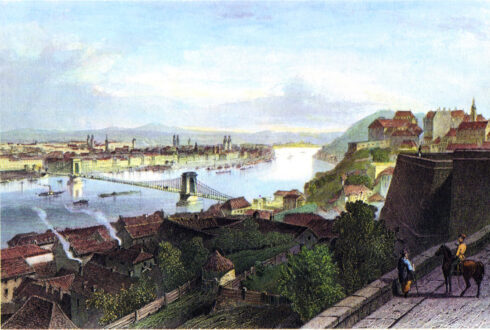
At the same time, the landmark castle of Buda which had become the stage of fierce fighting and was partially destroyed was reconstructed in austere Neoclassical Baroque style, new buildings were erected and the stately rooms were redesigned. The new fort of Citadella on top of the Gellért Hill would serve as the new symbol of Habsburg rule as well as a prime control mechanism of both Buda and Pest by the Austrian garrison and its cluster of sixty cannons.
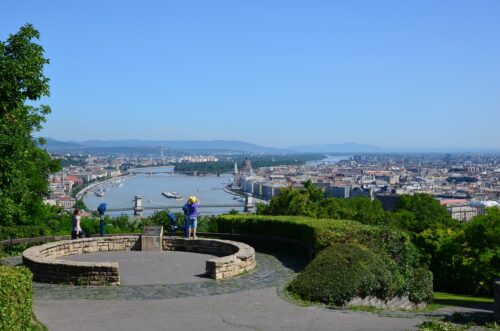

A series of military defeats of the Austrian Empire on several fronts would make Emperor Franz Joseph I more flexible in his overall handling of the Hungarian matter. The Austro-Hungarian Compromise of 1867 would be sealed with him & Empress Elisabeth (Sissi) being crowned with the Holy Crown of Hungary in the historic Matthias Church in Buda, after a solemn ceremonial oath on the other side of the Danube (Pest).
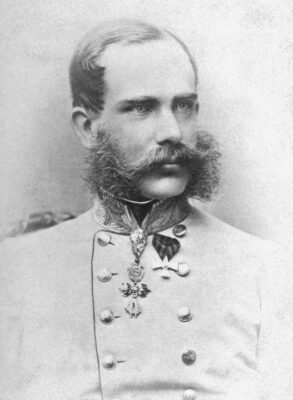
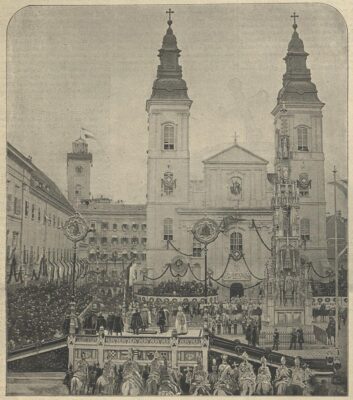
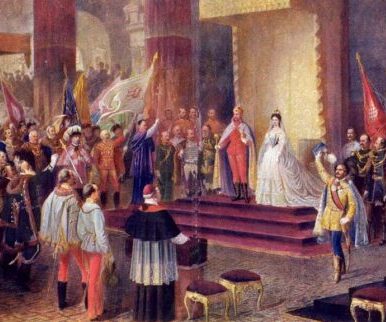
In November of 1873, the three separate settlements of Pest, Buda, and Óbuda (Old Buda) were merged into one city with a population of more than 150,000. Budapest would be the official capital of the Hungarian Kingdom. A Council of Public Works was formed and ambitious urban planning projects were carried out for the new Hungarian metropolis to express its higher status and the nation’s longing for self-determination.
Andrássy Avenue, completed by 1876 became Pest’s main artery and the Hungarian State Opera House (the construction works started in 1875) its crown jewel. The Hungarian Diet (legislative organ) re-established after the compromise of 1867, ordered in 1880 the construction of a new house of Parliament that would be “a monumental symbol to the eyes of foes and friends alike”.
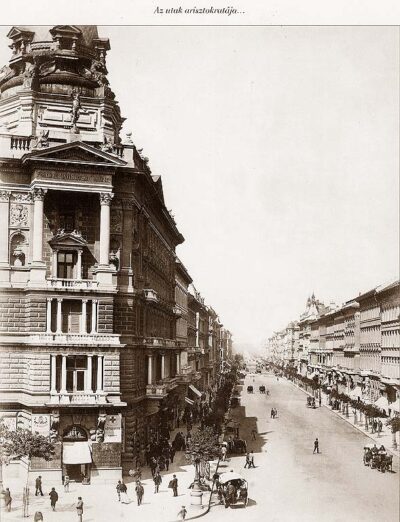
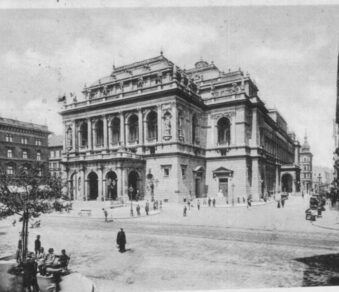

The city’s golden age was inaugurated in the best possible way, in 1896 the year of the Hungarian millennial celebrations with the official inauguration of the amazing Hungarian Parliament (works carried on until 1903), the largest and one of the most impressive parliament buildings in the whole world, of the imposing Palace of Justice (the Museum of Ethnography today) and the opening of the first underground railroad in continental Europe.
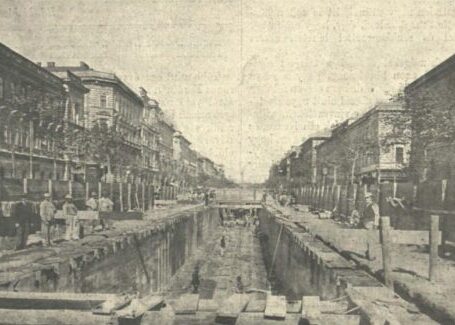
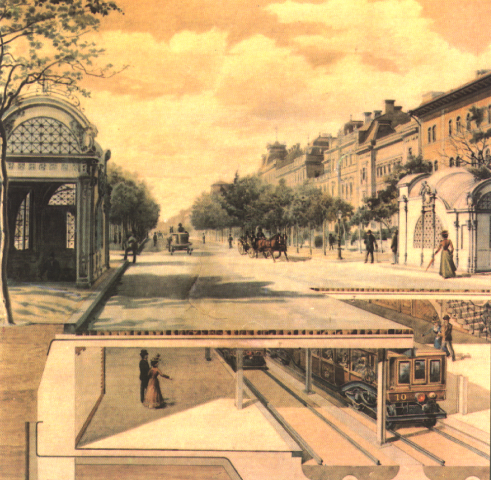

Ambitious projects were also implemented in the case of the Royal Palace (Buda Castle) which entered a phase of total reconstruction, expansion, and embellishment, with new wings, gateways, pavilions, plateaus, lavish decorations, and elaborate sculptures added to the pre-existing ensemble of the Castle Hill.

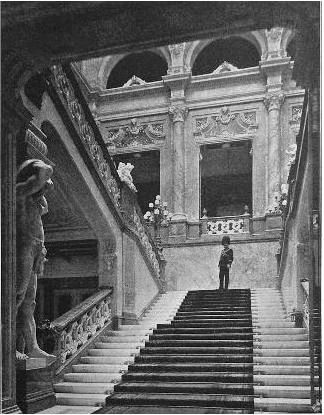
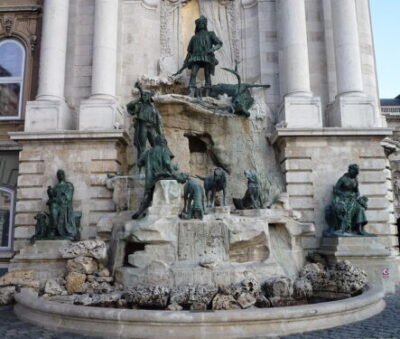
With the state funds flowing and the capital turned into huge construction work, the need for working hands created a massive wave of internal migration, catapulting the capital’s population (from 150.000 in 1872 to 370.000 in 1881 & 730.000 in 1900) & ethnic Hungarians becoming the dominant ethnic group surpassing those of German origin (from 35% in 1850 to 85% in 1910).
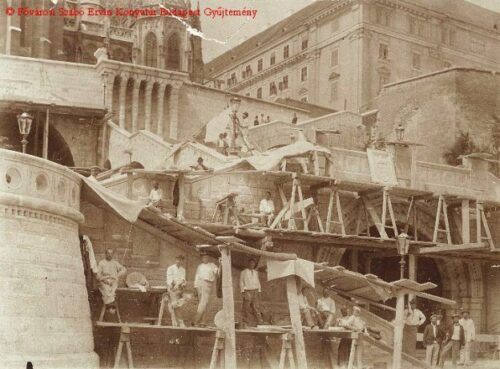
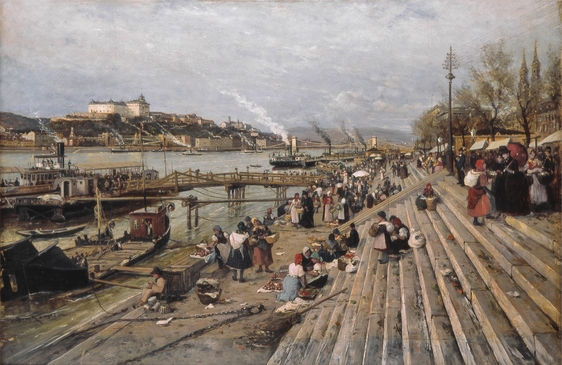
Pest grew into Hungary’s administrative, political, economic, trade, and cultural hub. Many of the state institutions of Hungary like the Central Bank & Budapest Stock Exchange were established between 1850 & 1900. At the same time, the interconnection between the two sides of the city improved with two more bridges, Margaret Bridge & Liberty Bridge.
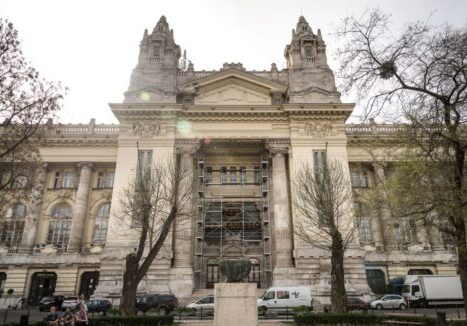
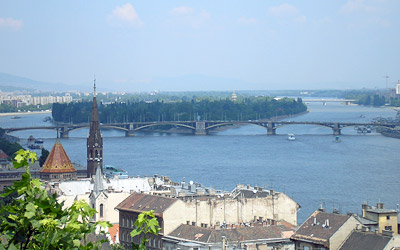
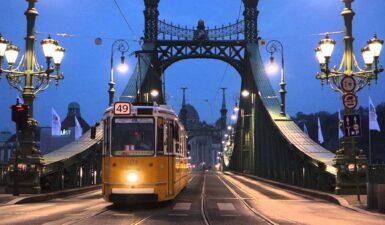
With Budapest turned into the powerhouse of the Hungarian economy, most industries, with engineering, electric and agricultural industries leading the way, established their headquarters in one of the rapidly growing suburbs of the city. The railway system developed furiously in a radial pattern, connecting the capital with the rest of the Hungarian cities & European capitals to a point that its density was considered one of the highest in Europe by 1910.
